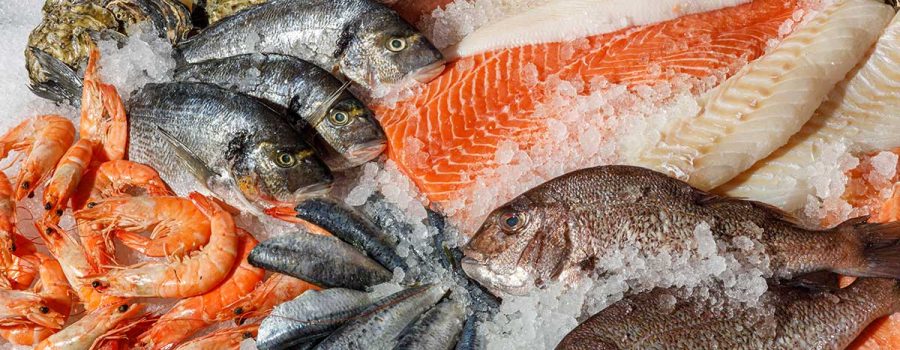
A recent study done by Portland State University (PSU) revealed a disturbing reality: microplastics were found in nearly every seafood sample examined along the western coast of the United States.
These “anthropogenic particles”—materials created or altered by humans—were discovered in the edible tissues of six common species: black rockfish, lingcod, Chinook salmon, Pacific herring, Pacific lamprey, and pink shrimp.
Microplastics were found in 180 of the 182 seafood samples tested. Pink shrimp had the highest concentration, and Chinook salmon had the lowest. According to Elise Granek, a microplastics researcher and study co-author, “We found that the smaller organisms that we sampled seem to be ingesting more anthropogenic, non-nutritious particles.”

This is not an isolated finding.
A comprehensive research conducted by the charity Ocean Conservancy revealed that about 88% of protein samples, including meat and fish, included microplastic particles. According to the study, the maximum U.S. adult exposure to these proteins is approximately 3.8 million microplastics per year.
Microplastics, defined as particles smaller than five millimeters, come from a variety of sources, including garment fibers, packaging materials, and other plastic items. These microscopic particles have spread throughout our surroundings, making their way into the food chain and eventually onto our plates.

The implications for human health are currently being investigated. While the long-term impacts are unknown, the presence of microplastics in our diet raises worries about possible health problems. As customers, we must stay aware and support programs to reduce plastic pollution to protect both the environment and human health.

















